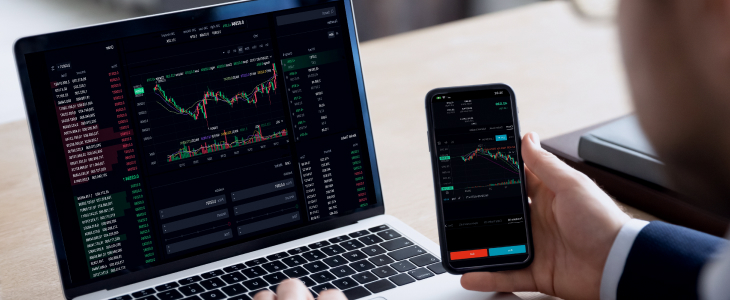
In recent years, automated forex trading Turkey Brokers have been adapting to the ever-evolving landscape of foreign exchange (forex) trading. One of the most significant transformations in this field is the integration of automation. Automated forex trading is rapidly gaining popularity and has become a crucial component for traders looking to enhance their performance and optimize their strategies. This article explores the rise of automated forex trading, its advantages, the underlying technology, and what the future holds for this innovative approach to currency trading.
What is Automated Forex Trading?
Automated forex trading refers to the use of computer programs and algorithms to execute trades at predetermined prices or market conditions without human intervention. Traders write specific rules based on technical analysis or market indicators, which the system follows to make trades. This automation can significantly streamline the trading process, increase efficiency, and reduce emotional decision-making, which often leads to costly errors.
Benefits of Automated Forex Trading

The advantages of automated forex trading are numerous:
- Efficiency: Automated systems can analyze the market much faster than a human can. They can process significant amounts of data in real-time, allowing traders to capture opportunities instantly.
- Emotionless Trading: Emotion plays a significant role in trading decisions. Automated systems eliminate this by following the established rules without letting fear or greed interfere.
- Backtesting Capabilities: Traders can backtest their strategies using historical data to evaluate their effectiveness before deploying them in live markets, reducing the risk involved.
- 24/7 Trading: The forex market operates around the clock, and automated systems can trade when traders are not available, ensuring that opportunities are not missed.
- Consistent Strategies: Automation ensures that trading strategies are executed consistently. This eliminates the chances of misjudgment that can occur with manual trading.
Technology Behind Automated Forex Trading
Automated forex trading relies on several key technologies:
- Trading Robots (Expert Advisors): These are algorithms programmed to perform trades based on specific criteria. They are often used on trading platforms like MetaTrader 4 and 5, where traders can create or purchase these robots.
- Machine Learning and AI: Advanced systems utilize machine learning algorithms that learn from historical data and adapt to changing market conditions, enhancing their predictive capabilities.
- Cloud Computing: Offers the scalability and computing power required to run complex trading algorithms efficiently and securely.
Challenges of Automated Forex Trading
While automated forex trading offers significant benefits, it also comes with unique challenges:

- Technical Failures: As with any automated system, there is always a risk of technical glitches or server downtimes that can result in missed opportunities or losses.
- Over-Optimization: Traders may fall into the trap of over-optimizing their algorithms based on historical data, which may not translate to future market conditions, leading to poor performance.
- Lack of Flexibility: Automated trading systems can struggle in highly volatile markets where human intuition and judgement might be more beneficial.
The Future of Automated Forex Trading
The future of automated forex trading is bright. As technology advances, even more sophisticated tools and techniques will emerge, allowing traders to become more informed and efficient. Here are some trends to watch:
- Integration of Artificial Intelligence: AI has the potential to revolutionize trading strategies by making them more adaptable and predictive based on a broader set of data points.
- Regulatory Developments: As automated trading grows, we can expect regulatory bodies to establish clearer guidelines to ensure fair play and transparency in the market.
- Increased Accessibility: More retail traders will gain access to automated trading systems, reducing the barrier to entry for newcomers in the forex market.
Conclusion
Automated forex trading is not just a passing trend; it represents a fundamental shift in how traders approach the foreign exchange market. With its ability to enhance efficiency, reduce emotional decision-making, and automate strategies, it appeals to both seasoned professionals and newcomers alike. However, as with any trading strategy, careful planning, continuous learning, and a solid understanding of the underlying principles are crucial for success. The ongoing advancements in technology will only enhance this innovative trading approach, making it an essential tool for traders in the future.
